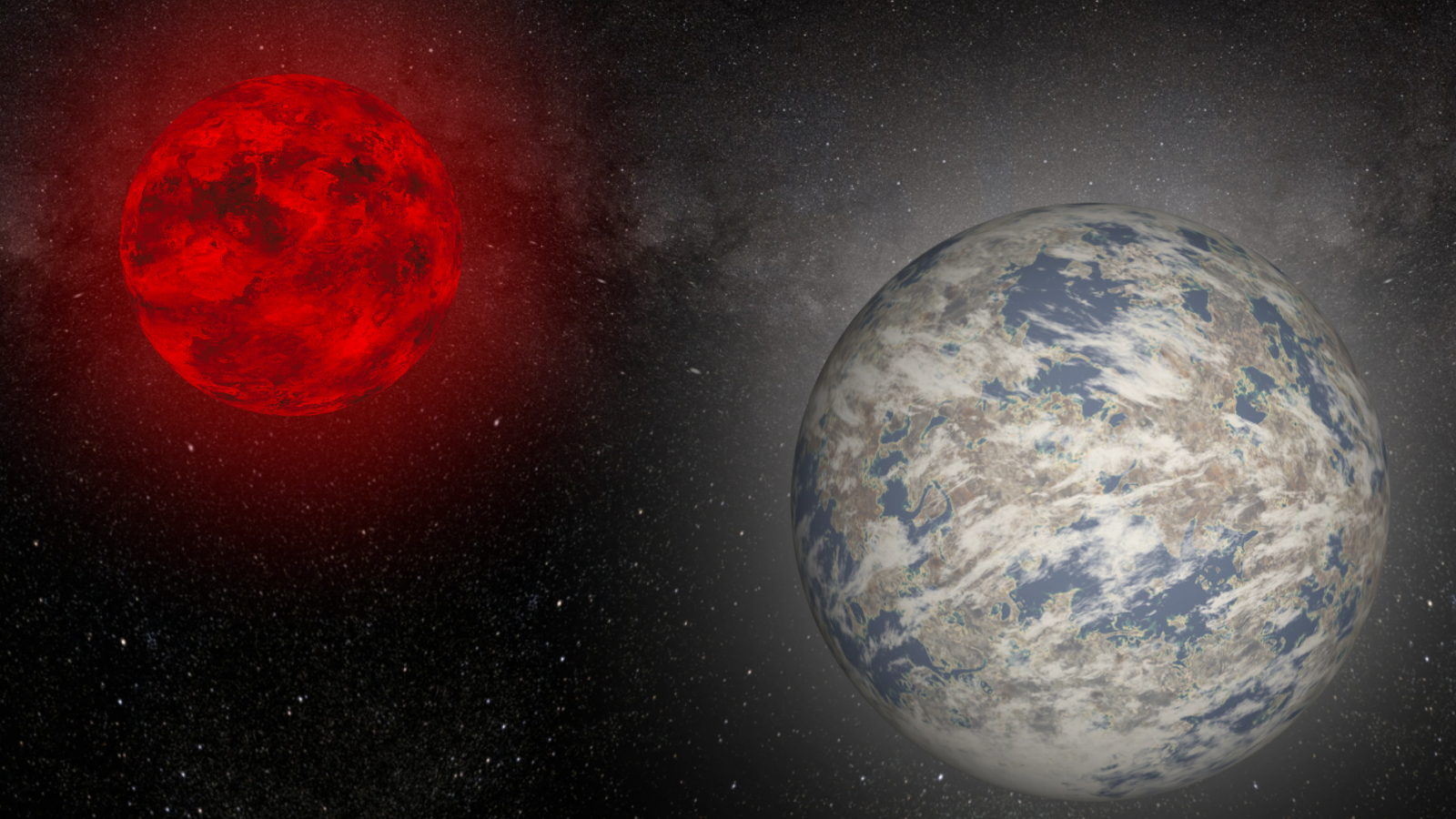Current Affairs – 25 May 2024
Gliese 12b
Using NASA’s Transiting Exoplanet Survey Satellite (TESS) and many other telescopes, two teams of astronomers have discovered a temperate, Earth-sized exoplanet named Gliese 12b.

AstroSat Mission
A team of Indian astrophysicists has used observations from AstroSat to discover the aperiodic modulation of high-energy X-ray photons in Swift J1727.8-1613, a black hole binary source.

Food Irradiation
The Union government is planning to significantly scale up the irradiation of onions this financial year to increase the shelf life of its buffer stock.

World Health Assembly
Recently, the World Health Organisation’s member states agreed to share outcomes of historic International Health Regulations (IHR), pandemic agreement processes to World Health Assembly.

Cyclone Remal: IMD Predictions and Impact
A low-pressure system over the Bay of Bengal is set to intensify into Cyclone Remal, reaching Bangladesh and adjoining West Bengal coasts as a severe cyclonic storm. The India Meteorological Department (IMD) forecasts the cyclone’s progression, predicting it to become a severe cyclonic storm by May 25 morning and make landfall between Sagar island in West Bengal and Khepupara in Bangladesh by May 26 evening.
![]()
Oxford Economics’ Global Cities Index: Delhi Leads Indian Rankings
In the latest Oxford Economics’ Global Cities Index, Delhi emerges as the highest-ranked Indian city, securing the 350th position among the world’s 1000 largest cities. However, no Indian city managed to break into the top 300. The index, encompassing cities from 163 countries, evaluates cities across five key categories: Economics, Human Capital, Quality of Life, Environment, and Governance. New York clinches the top spot, with London, San Jose, Tokyo, and Paris following suit.

10th World Water Forum Opens in Bali, Indonesia
The 10th World Water Forum, themed “Water for Shared Prosperity,” officially commenced on May 21 in Bali, Indonesia. Attendees included numerous country leaders and United Nations representatives. The forum focused on four critical topics: water conservation, clean water and sanitation, food and energy security, and mitigation of natural disasters.





